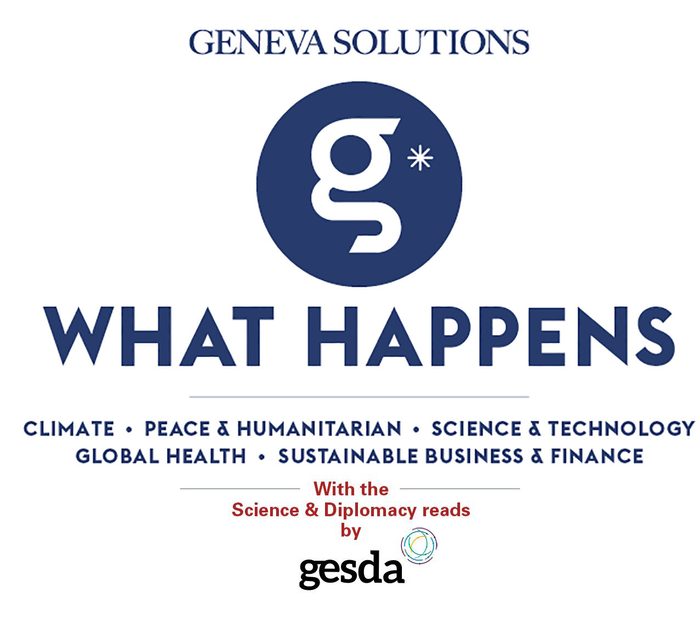Good morning, this is Achintya. Today, we start with a new UNESCO draft recommendation on open science, seeking to lay new ground rules for sharing knowledge.
Our second story is about scientists trying to understand “avulsion” – the act of a river bursting its banks – and the role human actions play in altering river behaviour.
We then ascend to the mountaintops closer to hope, as scientists begin a search for microplastics in the Alps. |
|
Science & Technology News
|
|
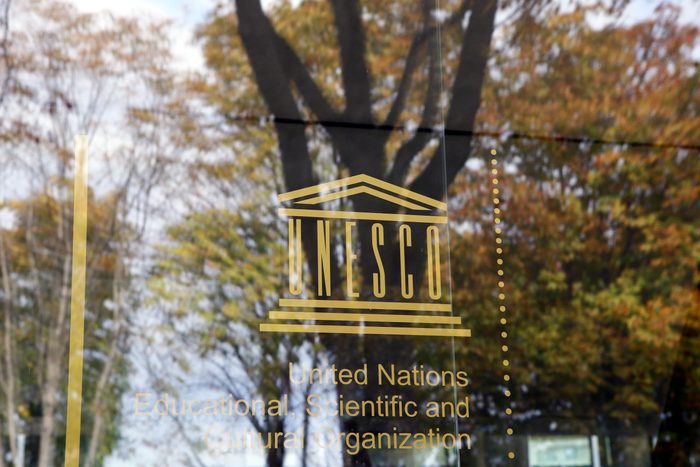
The United Nations Educational Scientific and Cultural Organization logo is pictured on the entrance at UNESCO's headquarters in Paris, October 2016. (AP Photo/Francois Mori)
|
|
🔓 “Open science is an accelerator for SDGs.”
The movement to make scientific research more open at all stages has been gaining traction recently, with various national and regional policies being established to support the practice. However, what has been missing so far is an international framework covering open science. UNESCO aims to address this in a new recommendation that is hoped to be adopted in November.
Geneva Solutions (EN)
|
|
🌊 Scientists strive to predict deadly flooding events.
Regular flooding of rivers can be beneficial to nature and human society by fertilising their banks. As scientists seek to understand and predict the behaviour of rivers, they face an additional complication in the form of human activity. How can engineers and environmental scientists mitigate some of the catastrophic consequences of river flooding?
Science (EN)
|
|
🏔️ How much microplastic can be found in the Alps?
Microplastics, a lot of which come from synthetic fibres in our clothes and enter the water supply, have been found in the Arctic ocean and on Mount Everest. A study launched by the Sail and Explore association along with scientists from EPFL and ETH Zurich seeks to determine the micoplastic content in the Swiss Alps.
RTS (FR)
|
|
Here's what else is happening
|
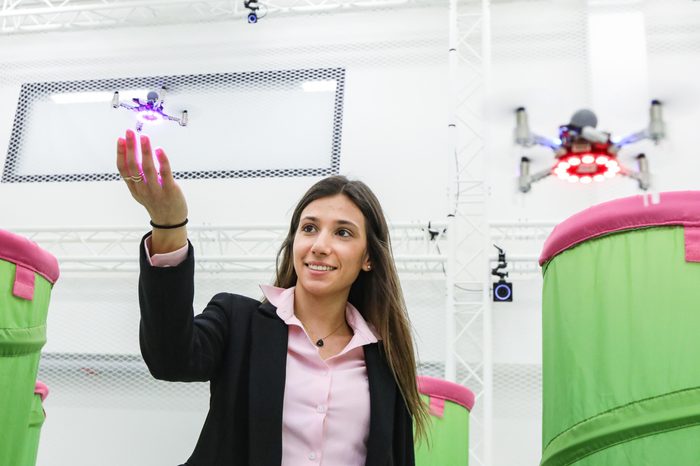
Autonomous drones hover around Enrica Soria, PhD student at EPFL (Credit: Alain Herzog, EPFL)
|
|
|
Anticipatory reads by GESDA
|
|
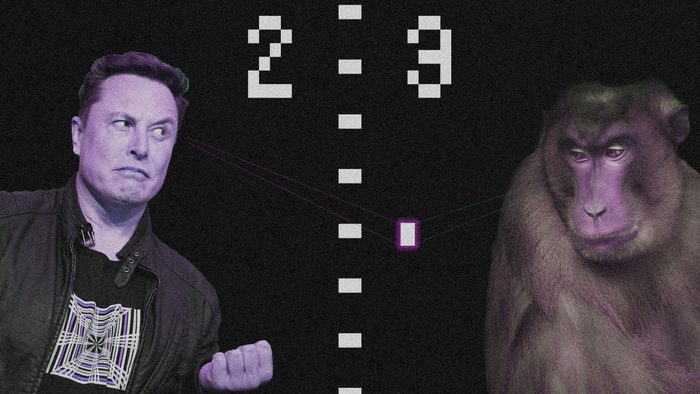
(Ⓒ MS TECH | GETTY, PIXABAY)
|
|
Two stories around the brain collided in my mailbox last week:
the first, in Scientific American, informed me that a new brain implant, with the head of a paralysed man, could turn visualised letters into text: just think about moving your hand in writing and you’ll see words appear on the screen, as the study published in Nature describes.
The second story (see below) announced that a paralysed man will be challenging Neuralink’s monkey to a match of mind Pong. As the lead of the article says, “a man with a brain implant that allows him to control computers via mental signals says he is ready to challenge Elon Musk’s neuroscience company Neuralink in a head-to-head game of Pong – with a monkey(!)” also equipped with a similar neuro-device.
I then thought about a mix of the two pieces of news, which could be entitled “A monkey uses only his mind to express his wishes through text just by thinking about what he wants,” which would open the door to a form of communication with animals. We are not quite there yet, of course, as one would first have to link the brain signals of the monkey thoughts to the related words… But, who knows, some animals, especially primates, learn fast.
One thing is certain: the field of brain-computer interfaces is moving very rapidly with fascinating advances, and deserves close attention in the years to come.
– Olivier Dessibourg
|
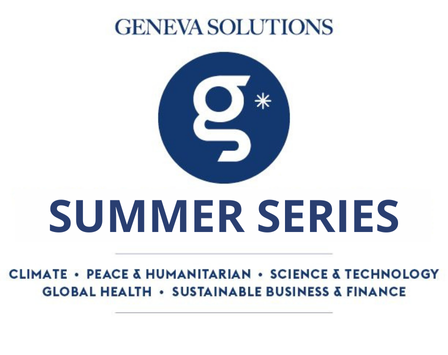
This selection is proposed by the Geneva Science and Diplomacy Anticipator
GESDA, working on
anticipating cutting-edge science and technological advances to develop innovative and inclusive
solutions for the
benefit of the planet and its inhabitants.
|
|
GS news is a new media project covering the world of international cooperation and development. Don’t hesitate to forward our newsletter!
Have a good day!
|

|
|
Avenue du Bouchet 2
1209 Genève
Suisse
|
|
|
| |
